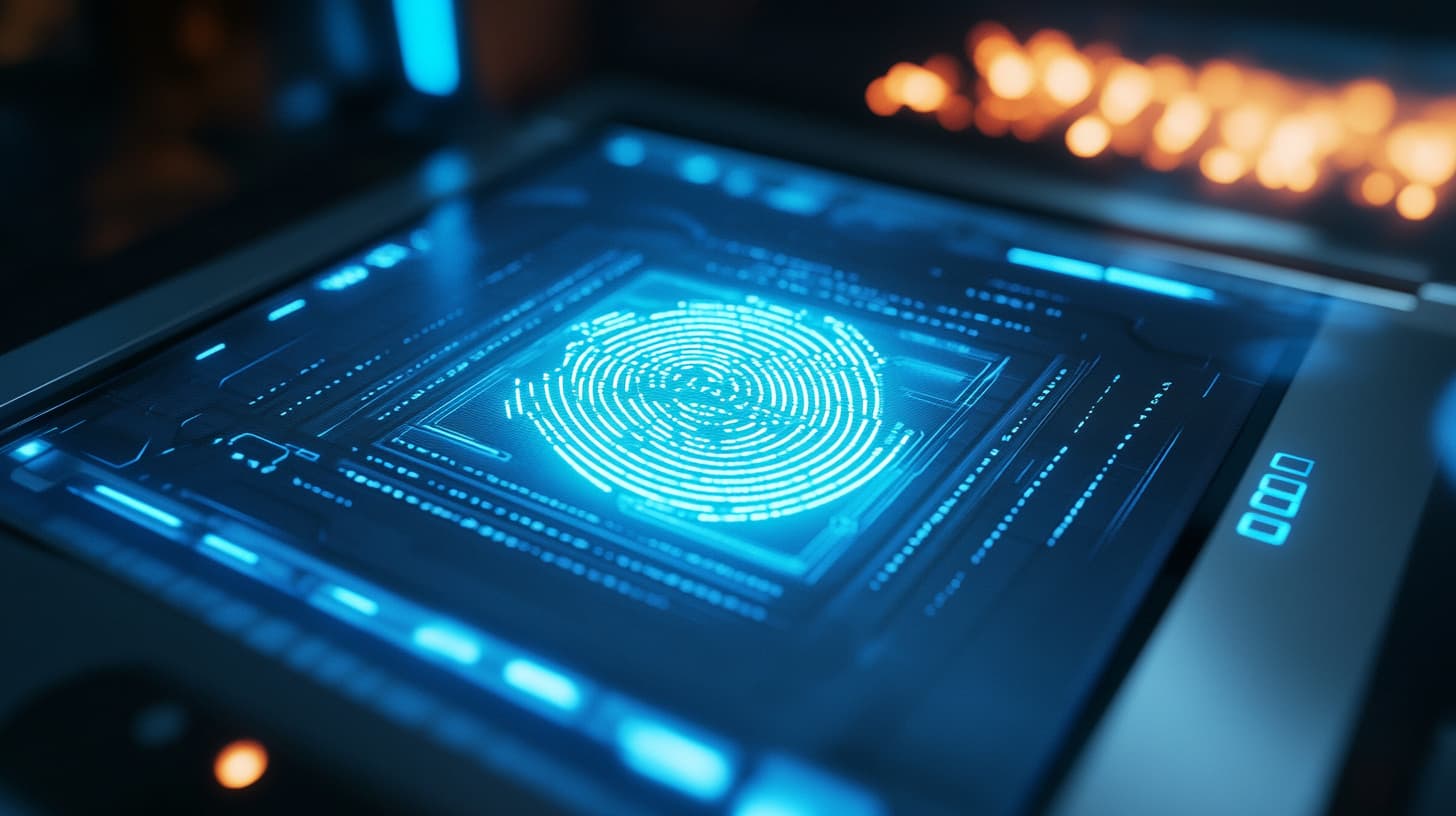As technology becomes more deeply embedded in everyday life, the question of how we secure our digital identities has grown more urgent. For decades, passwords have been the default method for protecting personal data and online accounts. But despite their long-standing role, passwords are increasingly seen as outdated and problematic. With advancements in biometric authentication, many are beginning to explore whether this technology could—and should—replace traditional passwords.
The Growing Frustration with Passwords
It’s no secret that passwords can be a headache. People are asked to remember dozens of different logins, often with varying complexity requirements. This leads to poor habits such as reusing the same password across multiple services, creating weak passwords that are easy to guess, or writing them down in insecure locations.
Unfortunately, these behaviors open the door to security risks. Cybercriminals exploit these vulnerabilities through data breaches, phishing emails, and software that systematically cracks common passwords. As a result, even those who are careful may find themselves exposed.
What Biometrics Brings to the Table
Biometric authentication offers a very different approach. Instead of relying on something you know, like a password or PIN, it uses physical or behavioral traits that are unique to each individual. This can include fingerprint recognition, facial scans, voice identification, or even patterns in the way someone types.
The appeal of biometrics lies in their simplicity. Unlike passwords, biometric traits don’t need to be remembered, and they can’t be forgotten. Logging in becomes as easy as a quick scan, making access both faster and more convenient.
Security Through Individuality
The uniqueness of biometric data offers a strong layer of security. Replicating someone’s fingerprint or facial structure is far more difficult than cracking a code. In theory, this makes biometrics less vulnerable to common attacks like phishing or brute-force attempts.
Additionally, many modern devices store biometric information directly on the device rather than in a central database. This means that even if a service is hacked, the user’s biometric data isn’t automatically at risk. Keeping sensitive data localized in secure environments helps mitigate some of the concerns about digital theft.
Concerns Worth Considering
Despite the promise, biometric authentication is not without its drawbacks. Privacy remains a significant concern. Unlike passwords, biometric traits cannot be changed. If a password is leaked, it can be reset—but if a fingerprint or facial scan is compromised, the consequences are more serious and long-lasting.
Moreover, no technology is perfect. Environmental factors, device limitations, or changes in appearance can sometimes interfere with accurate biometric readings. A wet finger, a different hairstyle, or poor lighting conditions can occasionally prevent successful authentication, leading to frustration or access denial.
There are also inclusivity challenges. Some individuals may not be able—or willing—to use certain types of biometric authentication due to medical, cultural, or personal reasons. This means systems must always provide accessible alternatives to ensure everyone can securely access their accounts.
Adoption in Everyday Life
Biometric authentication is already making its way into routine activities. Smartphones, tablets, and laptops often include fingerprint readers or facial recognition tools. Travelers use biometric passports and airport e-gates to move more efficiently. Banks and financial apps are also beginning to incorporate biometrics to streamline the login process.
This shift suggests that many people are already becoming comfortable with the idea of using their biological features as digital keys. As the technology matures and becomes more reliable, it is likely to expand into more sectors.
Emerging Models for a Passwordless Future
Forward-thinking organizations and developers are working toward systems that eliminate passwords altogether. These new models rely on a combination of biometrics, device trust, and cryptographic authentication. The goal is to improve both security and user experience.
Instead of transmitting a password to a server, these systems confirm identity through secure, local methods—verifying the user on the device and then sending a cryptographic proof to the service. This reduces the risks associated with password storage and hacking.
Standards like WebAuthn and FIDO2 are helping define how these systems function across platforms, ensuring consistency and promoting broader adoption. With support from major technology companies, a truly passwordless future is no longer a distant vision.
What Users Should Keep in Mind
For individuals considering a switch, it’s important to weigh the convenience against the privacy concerns. Enabling biometric logins can simplify access, but understanding where and how that data is stored is crucial. Many devices now use secure elements to store biometric templates locally, minimizing risk.
Businesses, on the other hand, need to think strategically. Introducing biometric authentication can enhance both security and user satisfaction, but it must be implemented with care. Clear policies around data handling, transparent consent, and compliance with regional privacy regulations are essential.
From a development perspective, integrating biometric options into applications should be done thoughtfully. Security must remain the priority, but design should also focus on creating smooth, intuitive experiences that work for a wide range of users.
Blending Biometrics with Traditional Security
Rather than completely replacing passwords, many systems now combine them with biometrics to create layered security. This approach—commonly known as multi-factor authentication—requires users to present more than one form of verification, dramatically improving resilience against attacks.
For example, logging in might involve both a fingerprint scan and a one-time code sent to the user’s device. This strategy reduces dependence on any single factor and adds depth to overall protection.
Conclusion
While passwords have long been the foundation of digital security, their flaws have become increasingly apparent. Biometric authentication presents an opportunity to rethink how identity is verified, offering a balance between security and usability. Though not without challenges, biometrics signal an important shift toward more seamless, user-centric security models.
Looking ahead, a blend of technologies—biometrics, device trust, cryptographic keys, and behavioral analysis—may form the basis of a new standard. For individuals and organizations alike, now is the time to begin exploring these options and preparing for a world where passwords may no longer be at the heart of authentication.
